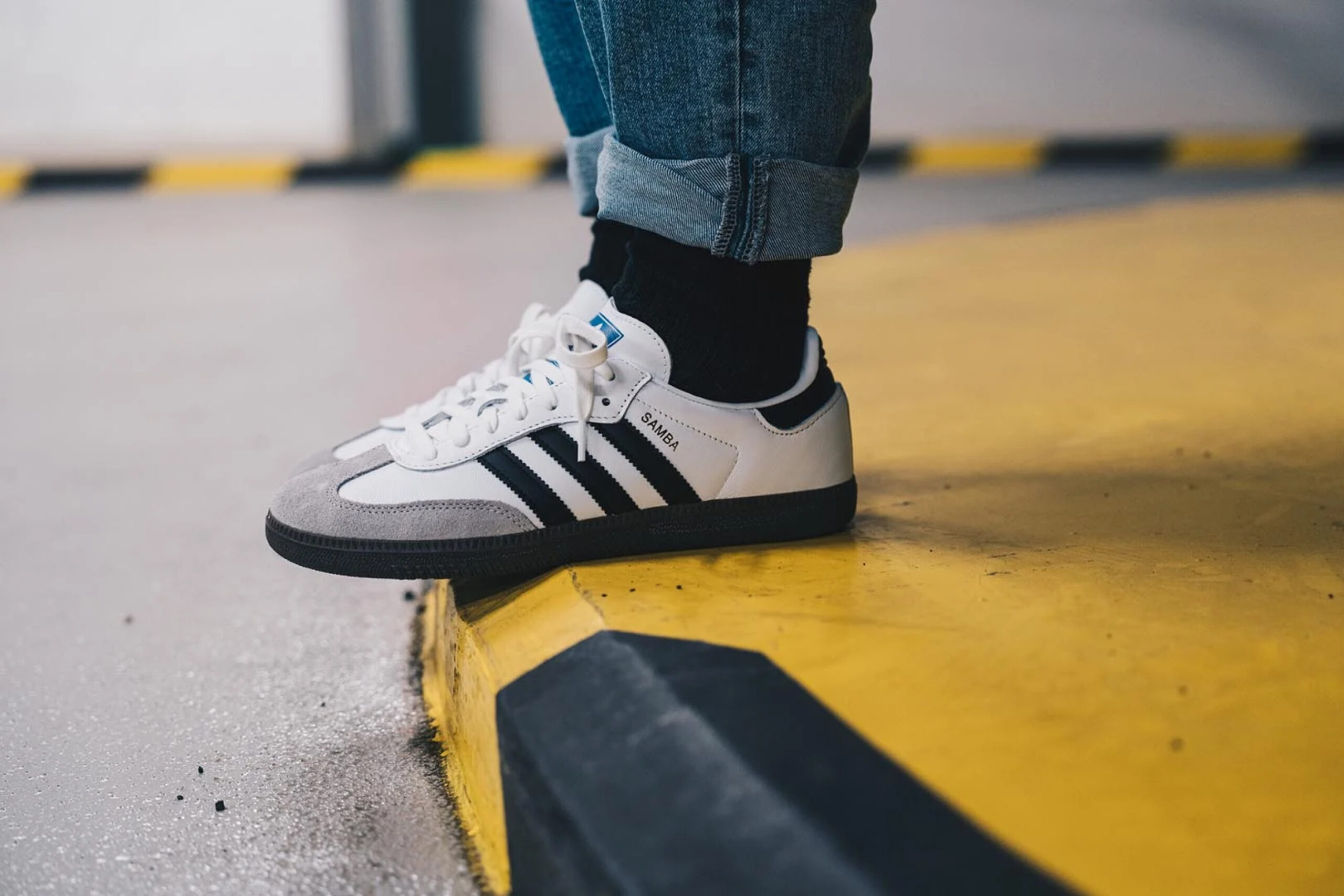
Type “how to write a blog post for SEO” into Google and you’ll find more than 114 million results telling you what to do. So, discerning which SEO tips to take seriously can be a pretty huge task! That being said, blog posts have become a crucial part of increasing your website’s search engine ranking, so it’s an important subject to wrap your head around.
Simply put, updating your blog signals to search engines that your site is active and current. Blogging also provides an incredible opportunity to use keywords that relate to your brand, meaning that more potential customers are heading your way! Blogging has been around for more than 20 years now, and it is still a relevant content and SEO technique. Here we’ve included the basics of writing a blog post for SEO, and also some lesser-known tricks that will help get your content in front of the right audience.
Have a Structure
When writing your blog posts for SEO, it’s important to have a clear introduction and conclusion and to break up the body into sub-categories by using sub-headings.
Most people will read the start of a blog post, scroll through the middle and read the very end of it, so sub-headings are a great way to capture the attention of readers and make it easy for them to locate the information they need. If visitors cannot find the information that they are looking for, or they find the blog post quite difficult to read, then they will probably leave your site and look elsewhere for the answer to their question. Readability and a great user experience are key here.
Mix It Up
Search engines love variety, and it’s likely your readers will too! Make sure your blog posts vary in length and the types of media they include. Make sure your post has a minimum of 300 words, and never go beyond a few thousand. Anywhere around the 700 to 1500 mark and you’re golden.
Media-wise, it’s imperative that each of your blog posts include an image, but if you can include some extra images, videos or even audio clips to some of your articles, search engines will pick up on this variety and deem it as more useful to searchers, thus sending readers your way.
Research Your Keywords
Keywords are an essential component of how to write your blog post for SEO. Keywords are words or phrases that users use to find relevant content for their queries – most commonly (and most relevantly in this particular instance) these are words you type into search engines such as Google, but they can also be the phrases you ask Siri or Alexa, and might type into Instagram or TikTok.
You need your blog posts to be ‘optimised’ strategically for certain keywords and phrases to boost its visibility and ranking. SERP is a term you may have heard. It refers to Search Engine Results Page, and it’s the page you see after typing in your query. Those blogs that appear on page one are far more likely to be clicked on than those that appear on page two.
You will need to do some brainstorming and research to make sure you’re using the best keywords for your blog post. If you’re stuck, a great way to get some ideas is to Google potential keywords and scroll down to the bottom of the page where you’ll find a full list of related searches that Google believes are relevant. You can also use tools like Ahrefs and Ubersuggest to build a solid list of potential keywords for future blog posts. These tools can provide in-depth information about keywords, including the average monthly search volume, keyword difficulty (a metric used to determine how difficult it is to rank for that keyword), and other websites (potentially your competitors) that are ranking for that keyword.
Once you have your keywords, make sure they’re included in the major parts of your blog post. These are; the title, headers and body, URL, images and meta description.
Finding the right balance between incorporating keywords in a way that makes sense to readers and satisfies search engine algorithms is key – too many times (this is known as stuffing – more on this below) or too few times can render your blog post practically “invisible”.
Use Long-Tail Keywords
Long-tail keywords are simply longer phrases usually with three or more words in them. One-word keywords such as ‘blogging’ are obviously searched extremely often, and are therefore much harder to rank for, but using a longer, more specific phrase that your target audience such as ‘blogging tips for beginners’ will be likely to search for increases your chance of a higher ranking amongst your desired readers.
Avoid Keyword Stuffing
If you use your keywords too many times in a way that isn’t natural, you could be penalised for keyword stuffing. Google will pick up on the fact that your blog article has been written purely for SEO purposes and might not be very reader-friendly or authentic. Keywords are important, but should never jeopardise the quality of the article you’re writing.
It’s often helpful to first decide on the purpose of your blog post, write it naturally without thinking about keyword density or SEO, and then try and find a few spots where keywords would fit in well.
Readability
As mentioned above, keywords should never jeopardise the quality of the article you’re writing. If a keyphrase appears a bit clunky to use it in its exact form in every instance, we suggest you try to mix it up and incorporate this in a more natural manner. This might be including other words within the phrase, or dropping an s in plurals.
For example, if your keyphrase is: “carrot cakes Brisbane”, it might not be the easiest feat to include this exact match each time while nailing optimal readability. You might be able to include it in other formats, such as “On the hunt for the best carrot cakes in Brisbane?”. Additionally, you might find in some instances, it’s more natural to drop the s from plurals.
It’s also not just how you write – it’s what you write. Whatever the topic, it needs to serve a purpose, which typically falls under one of three banners: informational content (such as guides, listicles or how-tos for authority building), personal or engaging content (telling a story or sharing an experience), or commercial (reviews or product information to help people make a decision).
Throw in Some Inbound and Outbound Links
Where possible, try and link to some other blog posts or pages on your website. And if you can get other websites to link to your content too, even better! This is known as backlink building. Inbound links to the content on your site display to search engines that it’s both relevant and reliable, therefore giving it a higher ranking. Outbound links, or external links, direct your readers to other web pages outside of your website. Including trustworthy and high-quality outbound links will improve the credibility and authority of your website. Make sure you choose a web page/website that is reputable and relevant to your blog post, and avoid linking to your competitors!
Use an SEO Plug-In
The last on our list of tips on how to write a blog post for SEO? Use an SEO plugin for your WordPress site like Yoast. These make it super easy to add meta data to your posts and see where your blog article could be doing better SEO-wise. These are also great for reviewing the readability of your article. If your article didn’t score well in terms of readability, try cutting down sentence lengths and replacing long words with shorter ones.
Chat to Our Team on How to Write a Blog Post for SEO
Now that you know how to write a blog post for SEO, it’s important to remember that the quality of your content should be at the forefront of your blogging efforts. At the end of the day, if you’re writing articles that are genuinely helpful to your audience, then you’re well on the way to becoming a respectable source of information.
If you require a copywriter to write your content on behalf of your business, please get in touch to speak to an SEO expert!



